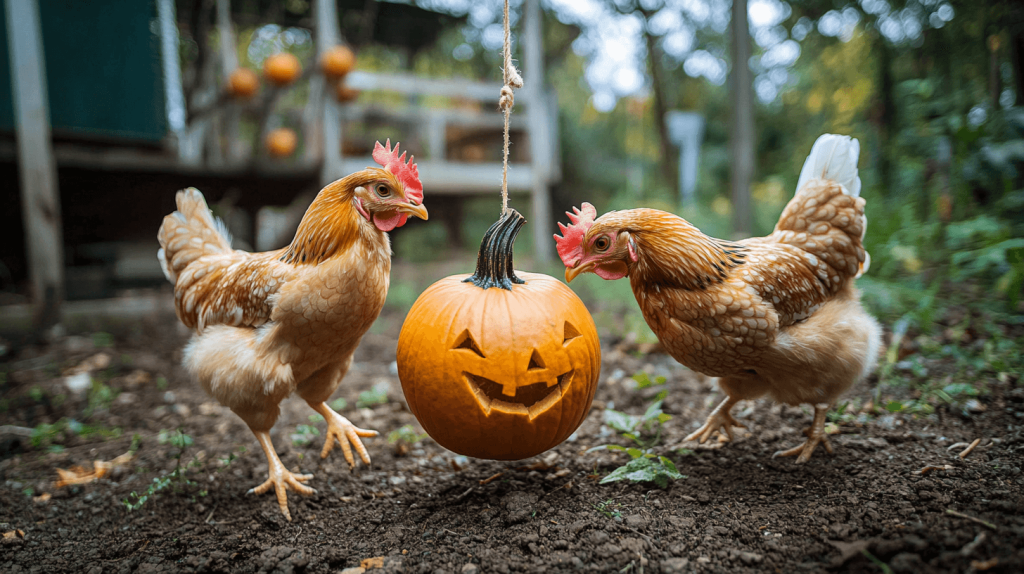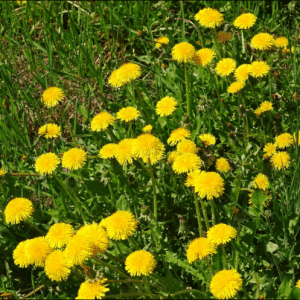
Chickens are curious and active creatures that benefit from engaging activities and a varied diet. One fun and enriching way to entertain your chickens is by hanging a green cabbage from a string. This simple method not only provides a healthy snack but also encourages physical activity and mental stimulation. Here’s a detailed guide on how to set this up and some alternative vegetables and grains that chickens love.

Materials Needed:
- A green cabbage
- A string or sturdy twine
- A drill (or an alternative method for creating a hole)
- A hook or a stable point to hang the cabbage from the ceiling of the coop
Steps to Set Up a Hanging Cabbage:
- Prepare the Cabbage:
- If you have a drill, use it to create a hole through the center of the cabbage. This will allow you to thread the string through easily.
- If you don’t have a drill, you can simply tie the string around the stalk of the cabbage. Ensure it’s secure enough to hold the weight of the cabbage.
- Attach the String:
- Thread the string through the hole made by the drill or tie it securely around the stalk.
- Leave enough length of the string so that the cabbage hangs just above the ground, within pecking height for your chickens.
- Hang the Cabbage:
- Find a stable point in the coop, such as a beam or a hook, to hang the cabbage. Make sure it’s sturdy enough to support the weight.
- Tie the other end of the string to this point, ensuring the cabbage is suspended and can swing slightly. This movement will intrigue the chickens and encourage them to peck at it.
Alternative Vegetables and Grains:
If you want to provide variety or if cabbage isn’t available, here are some other vegetables and grains that chickens enjoy:

- Pumpkin:
- You can use a small pumpkin in a similar manner to the cabbage. Drill a hole through the center or tie it by the stem.
- Pumpkins are not only fun for chickens to peck at but also packed with nutrients.
- Lettuce:
- Hang a whole head of lettuce using the same method. Lettuce is light, so it can be easily managed without a drill.
- Carrots:
- Tie a bunch of carrots together and hang them. Their firmness provides a good pecking challenge.
- Corn on the Cob:
- Hang a few ears of corn. Chickens love pecking at the kernels, and it keeps them busy.
- Cabbage Leaves:
- If a whole cabbage is too large, you can hang individual leaves. This is also a good way to use up leftover parts.
- Broccoli:
- A head of broccoli can be hung in the same way. Its shape and texture make it an interesting option for chickens.
- Swiss Chard or Kale:
- These leafy greens are sturdy and can be tied by their stalks. Chickens will enjoy the challenge of pecking at the tougher leaves.

Tips for Success:
- Rotate the Vegetables: Change the type of vegetable every few days to keep the chickens interested and provide a balanced diet.
- Monitor the Chickens: Ensure all chickens are getting a chance to peck at the hanging vegetable and that no one is being overly aggressive.
- Clean the Coop: Remove any uneaten vegetables after a day or two to prevent rotting and maintain a clean environment.
By incorporating these hanging vegetables into your chickens’ routine, you’ll keep them entertained and happy. This simple enrichment activity can greatly improve their well-being and provide a nutritious supplement to their regular diet.






